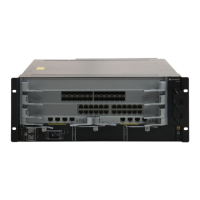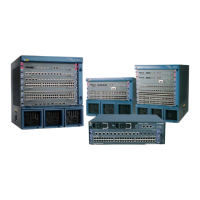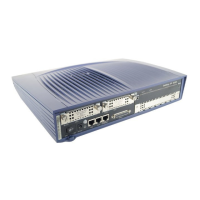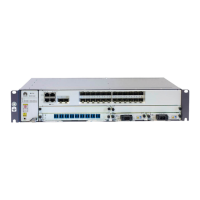Procedure
Step 1 Run:
system-view
The system view is displayed.
Step 2 Run:
e-trunk e-trunk-id
The E-Trunk view is displayed.
Step 3 Run:
peer-address peer-ip-address source-address source-ip-address
The local and peer IP addresses of the E-Trunk are configured.
The peer IP address of the local device is the local IP address of the peer device. For example,
an E-Trunk is set up between device A and device B. On device A, the peer IP address is 2.2.2.2
and the local IP address is 1.1.1.1. Then, on device B, the peer IP address is 1.1.1.1 and the local
IP address is 2.2.2.2.
----End
2.6.5 Binding an E-Trunk to a BFD Session
If the local device in an E-Trunk cannot detect whether the peer device is faulty by sending E-
Trunk packets, it can use the Bidirectional Fast Detection (BFD) protocol to detect faults on the
peer device. Each E-Trunk needs to be configured with a peer IP address. You can create a BFD
session to check whether the route to the peer is reachable. The E-Trunk can detect faults reported
by the BFD session and handles the faults quickly.
Do as follows on the member devices of the E-Trunk.
Procedure
Step 1 Run:
system-view
The system view is displayed.
Step 2 Run:
e-trunk e-trunk-id
The E-Trunk view is displayed.
Step 3 Run:
e-trunk track bfd-session session-id
The E-Trunk is bound to a BFD session.
BFD sessions are used to fast detect the fault of the control link between the two devices of the
E-Trunk.
----End
Quidway S7700 Smart Routing Switch
Configuration Guide - Ethernet 2 Link Aggregation Configuration
Issue 01 (2011-07-15) Huawei Proprietary and Confidential
Copyright © Huawei Technologies Co., Ltd.
40

